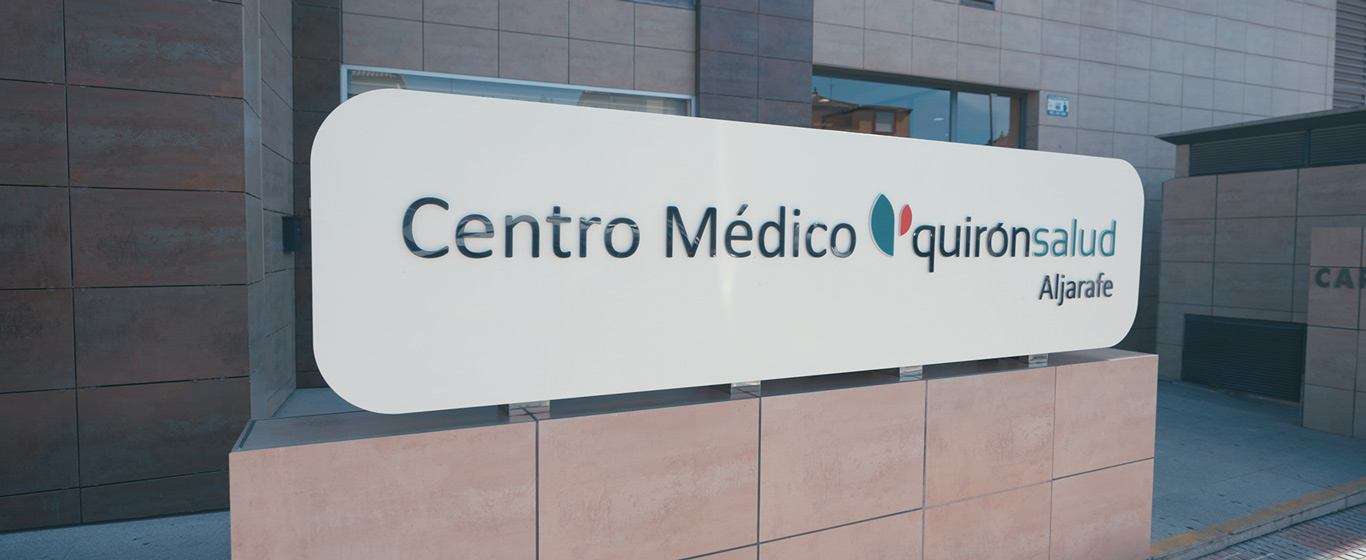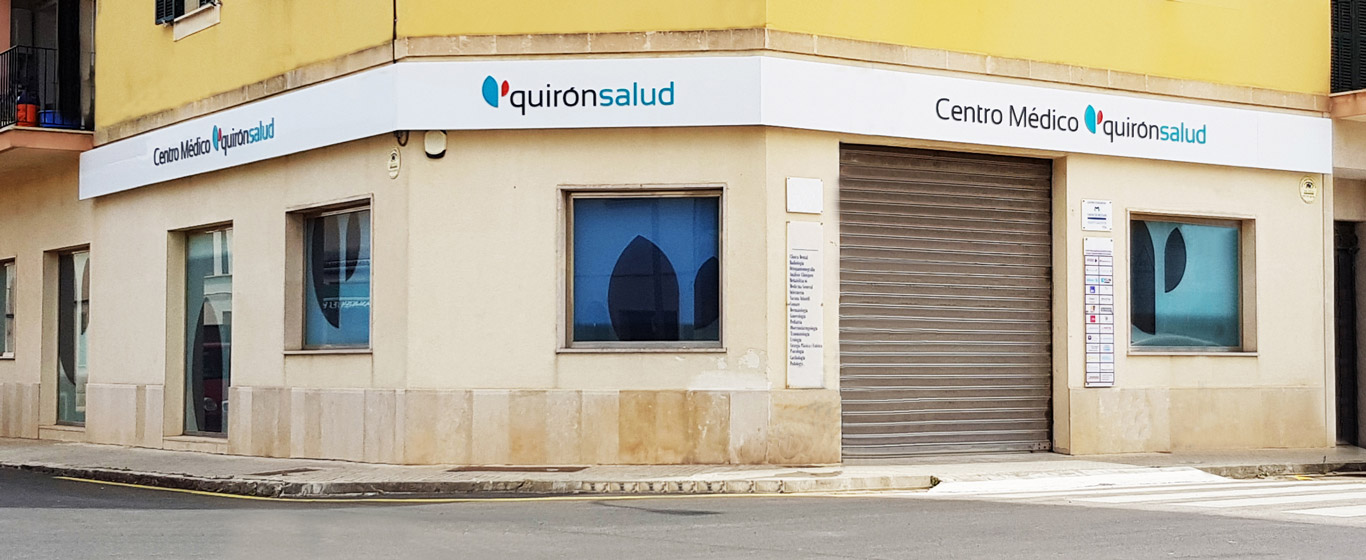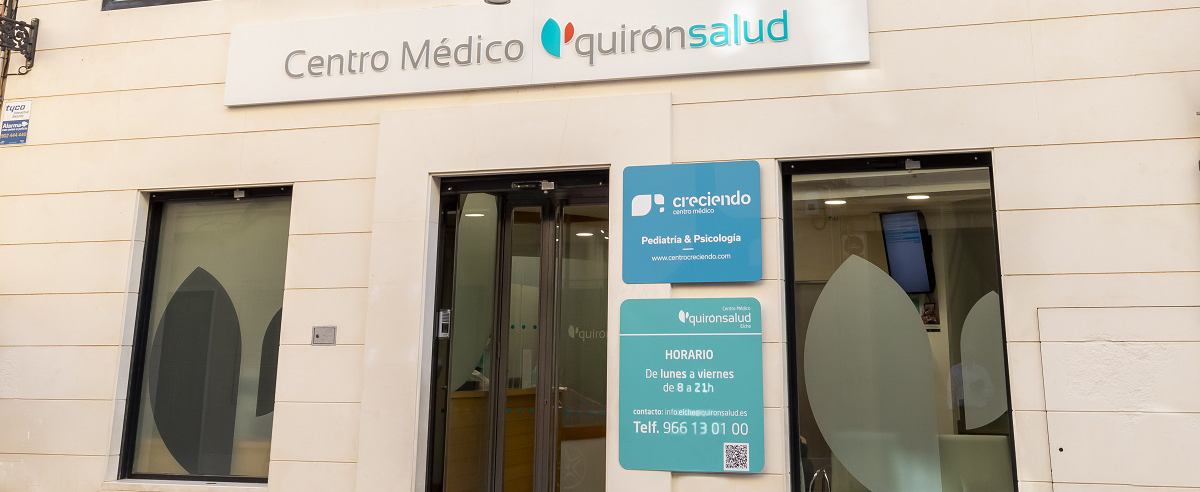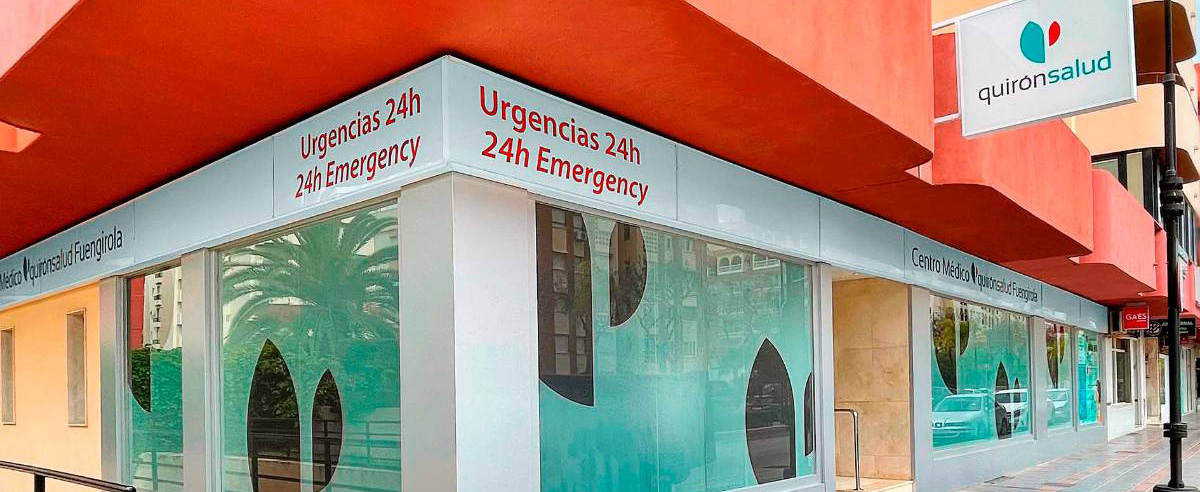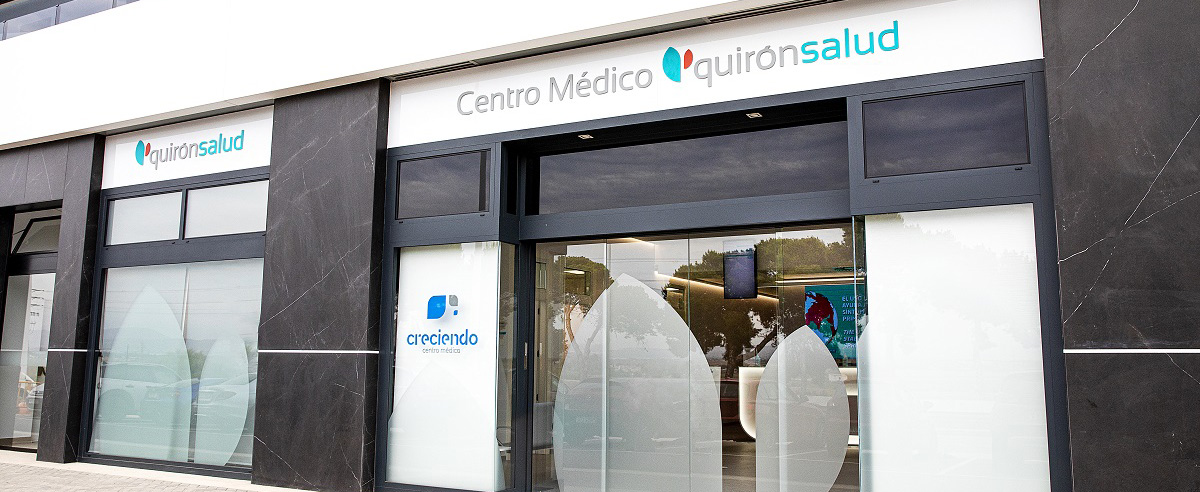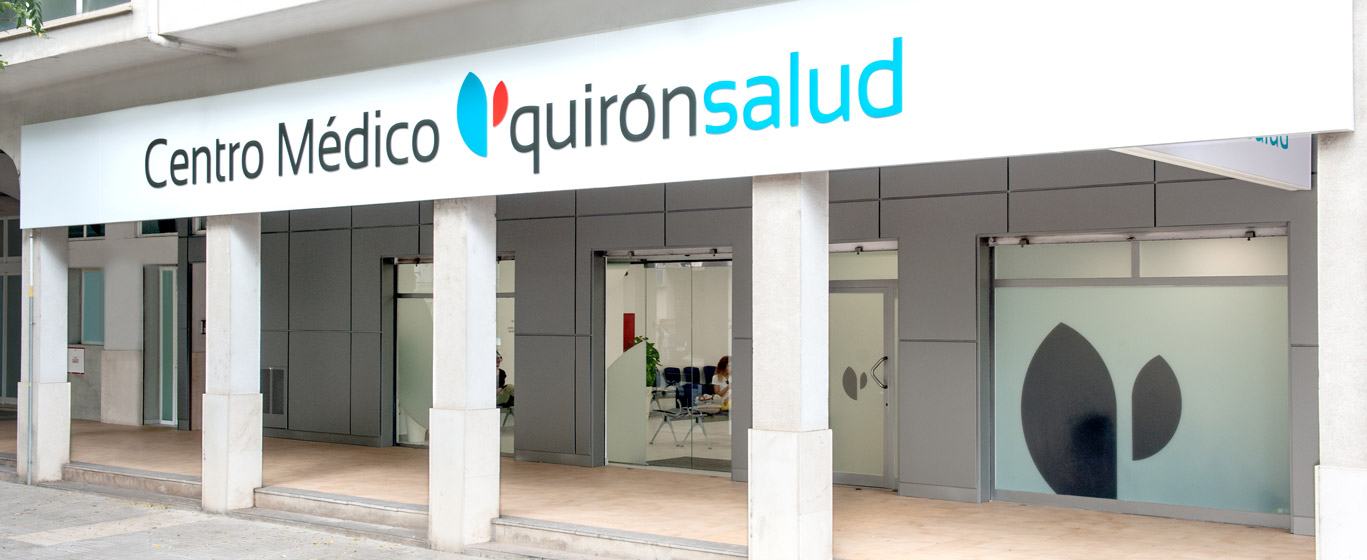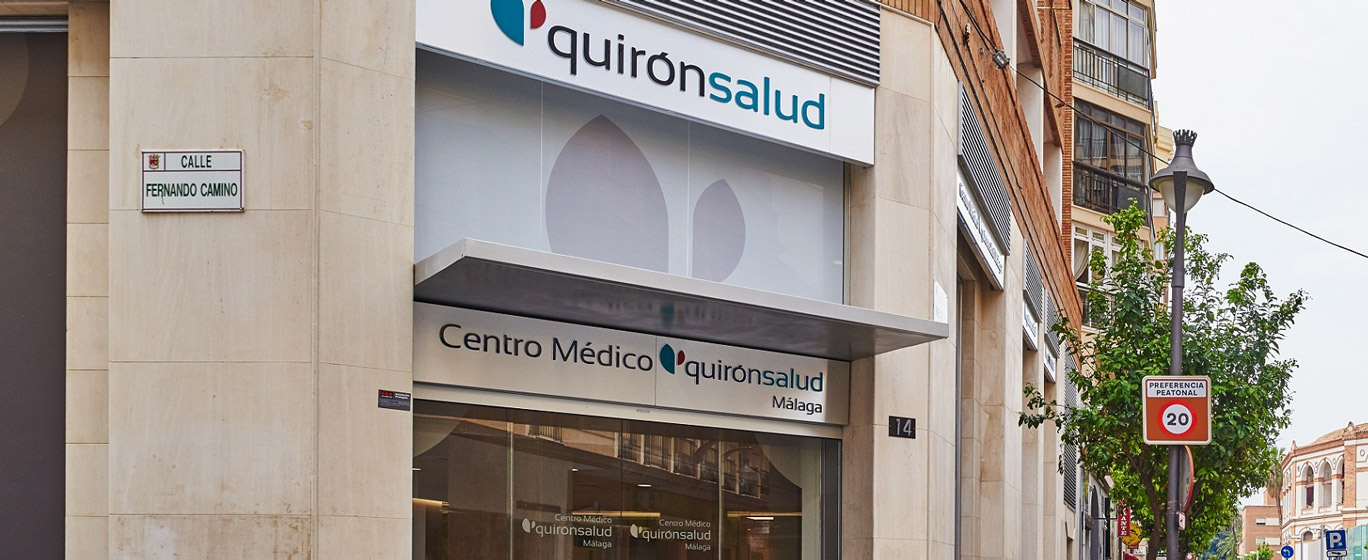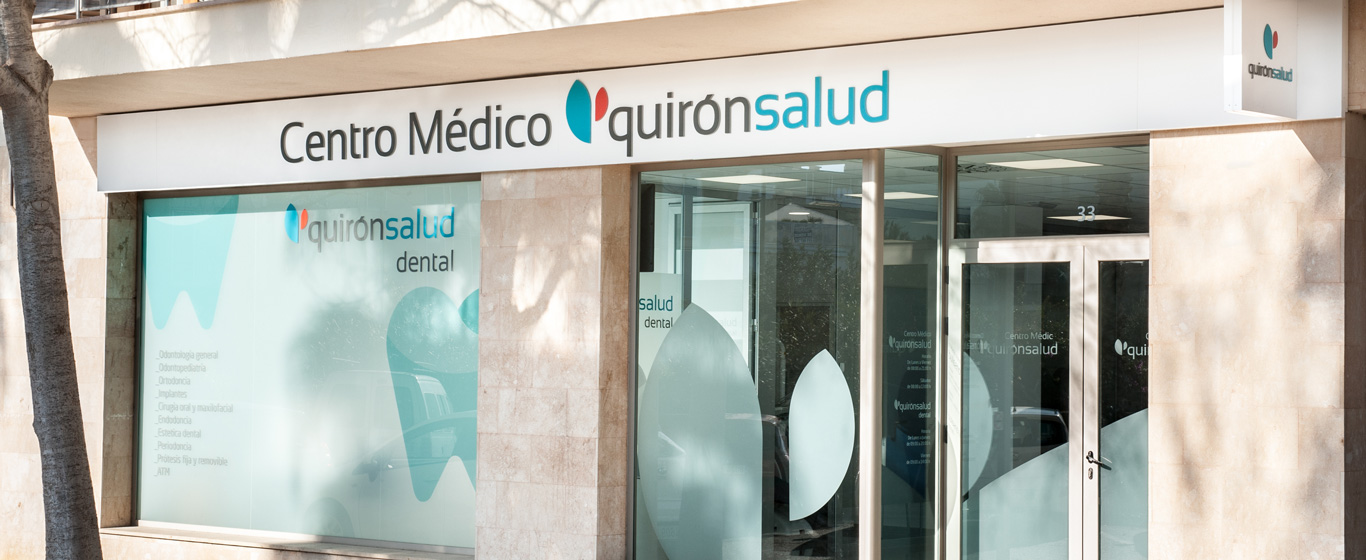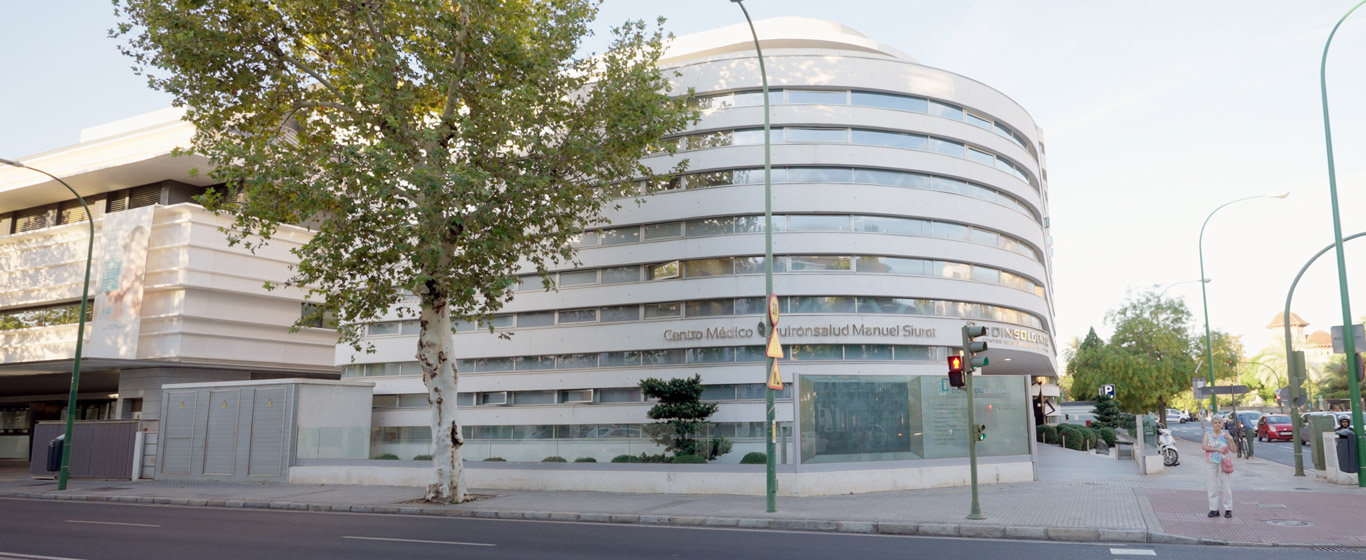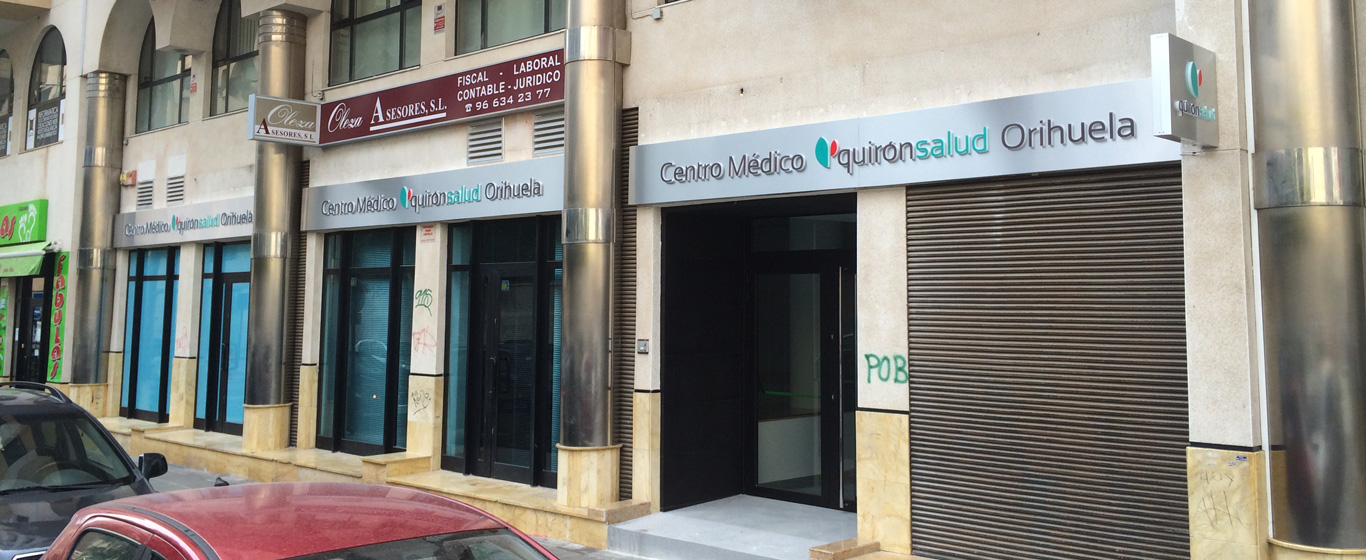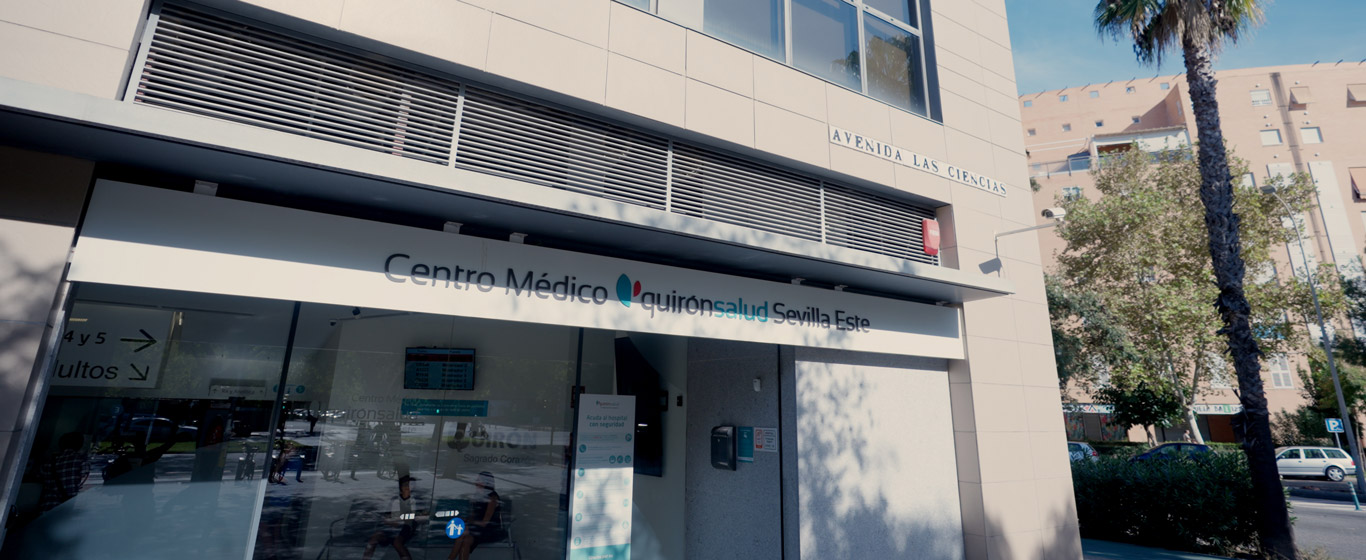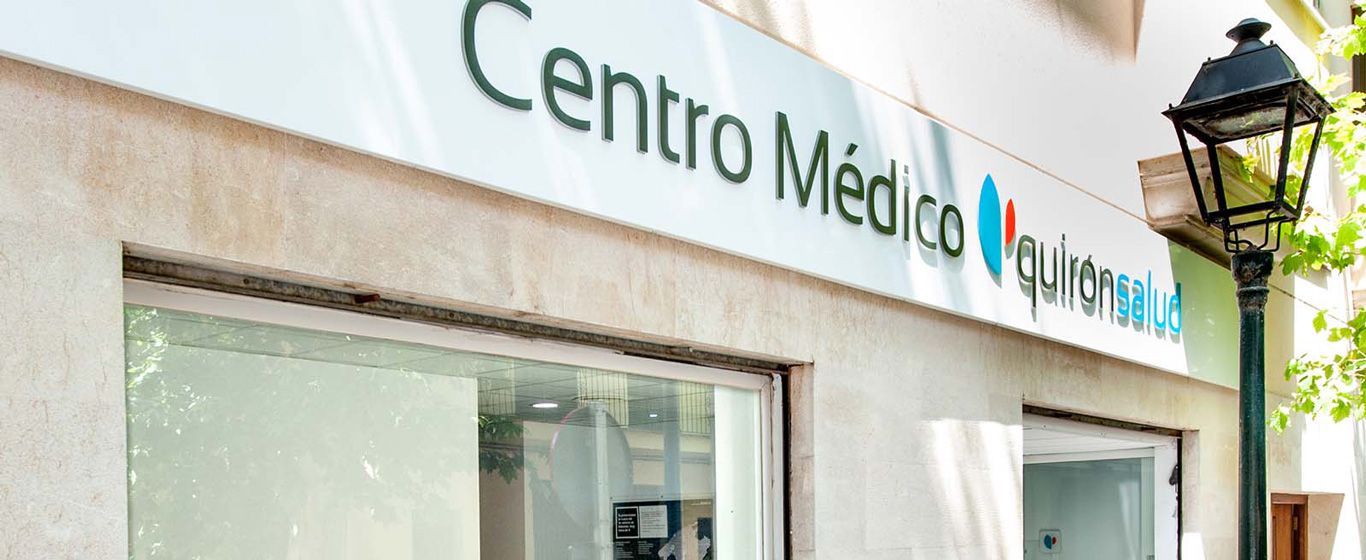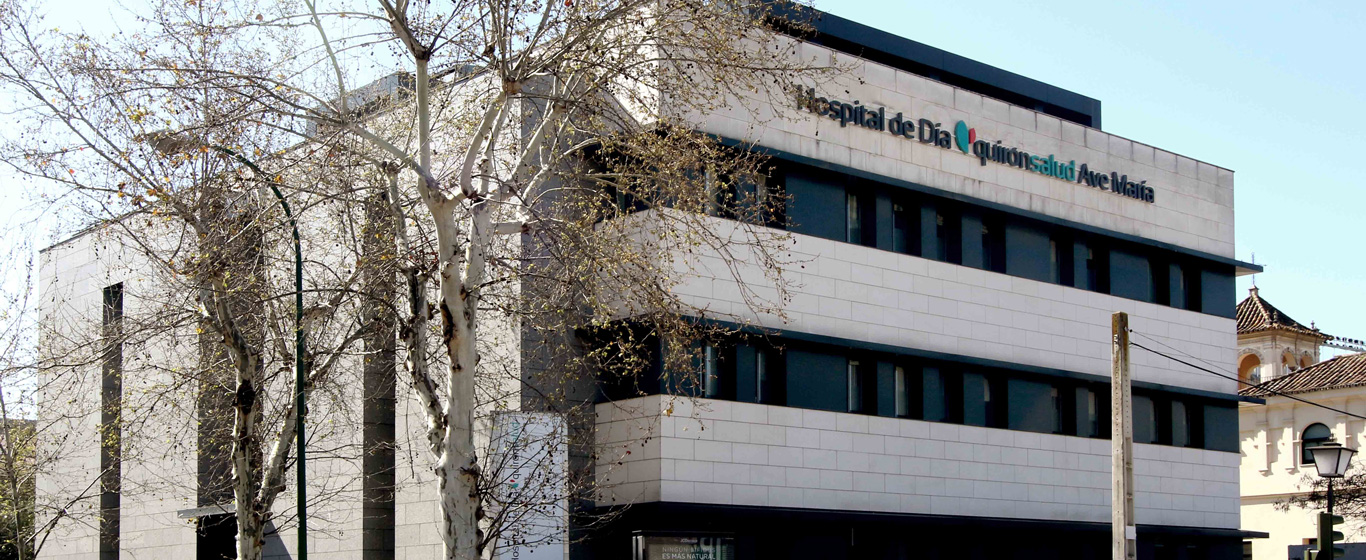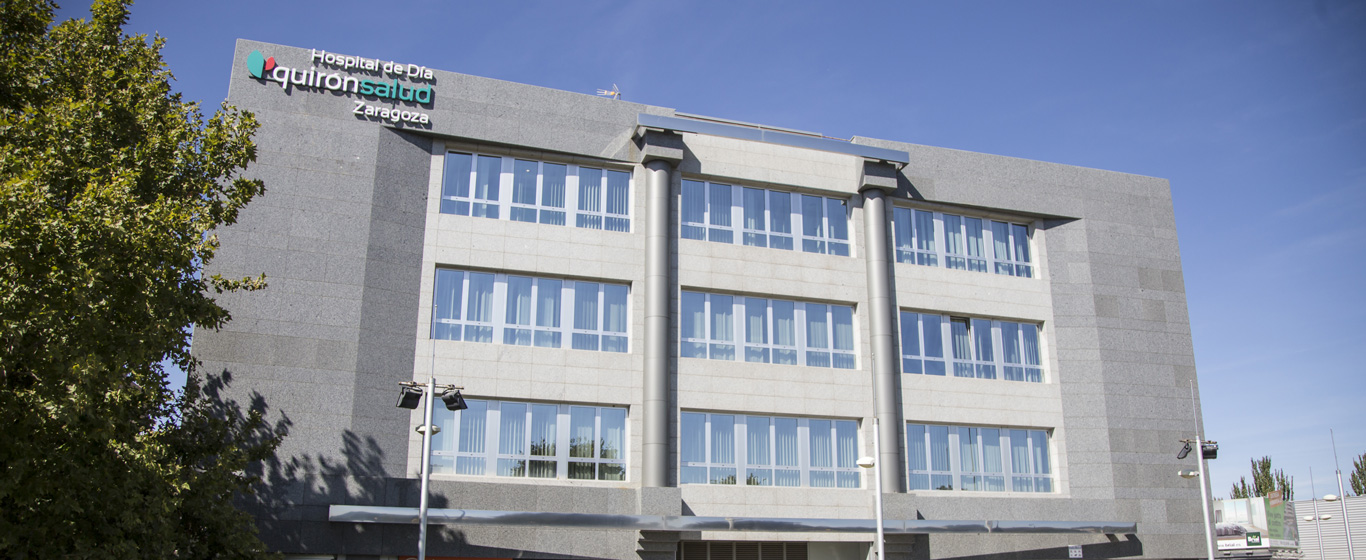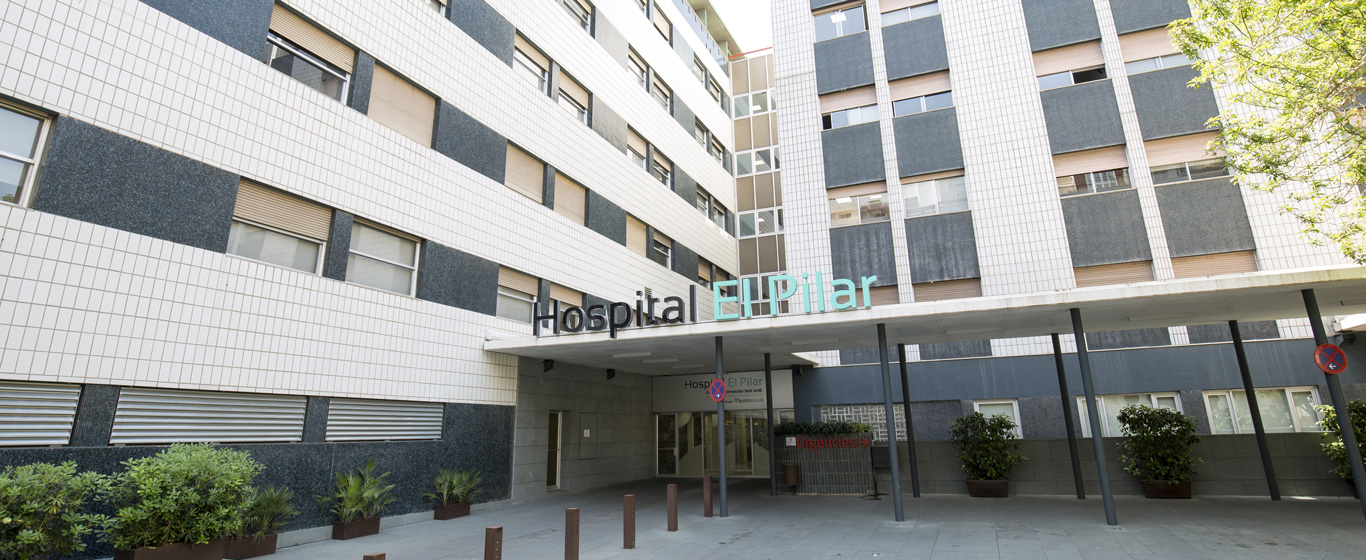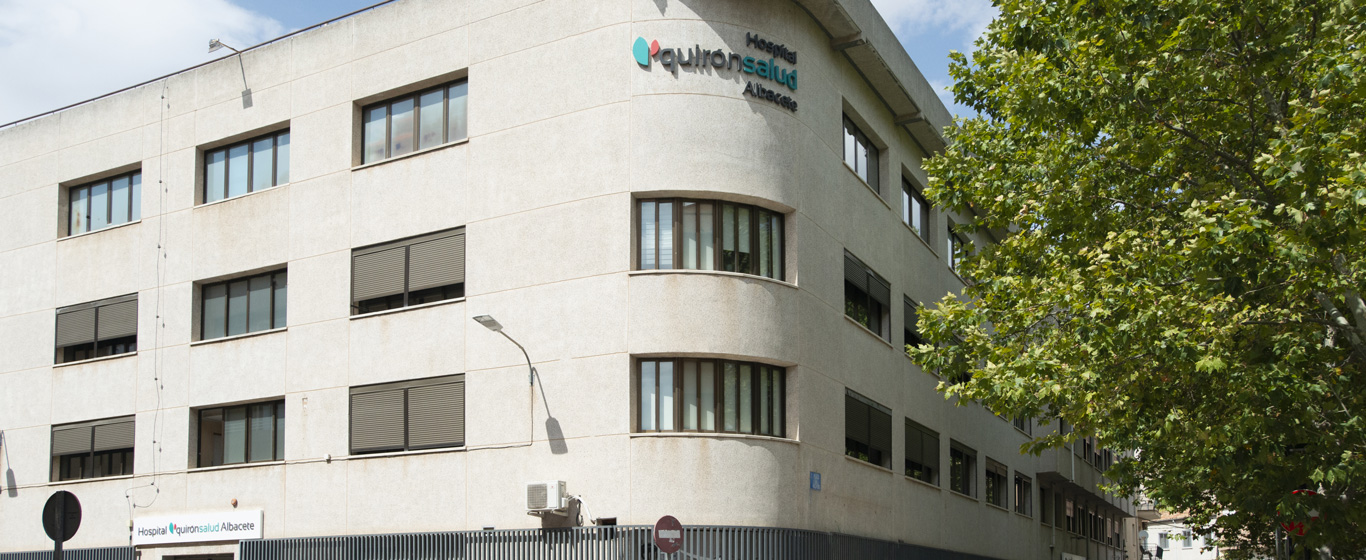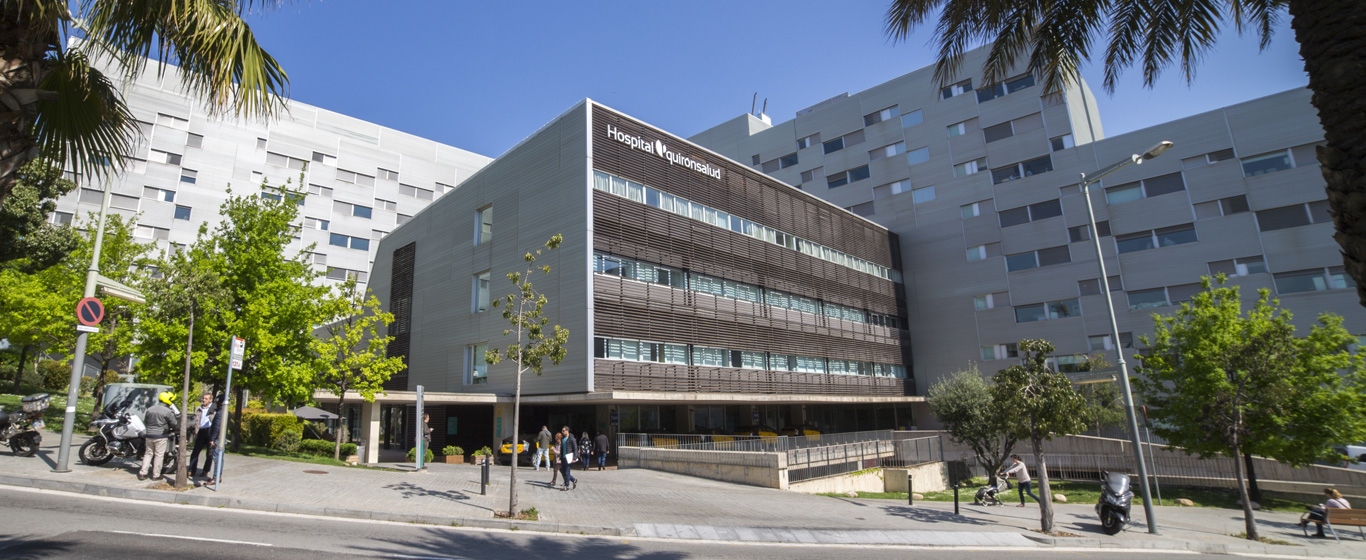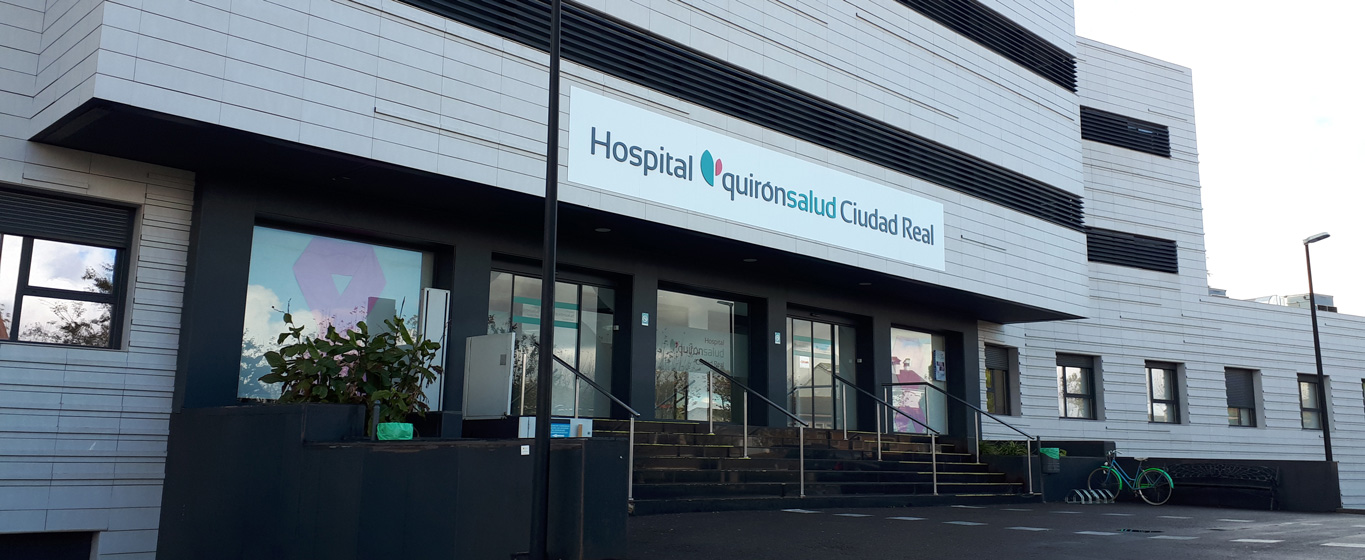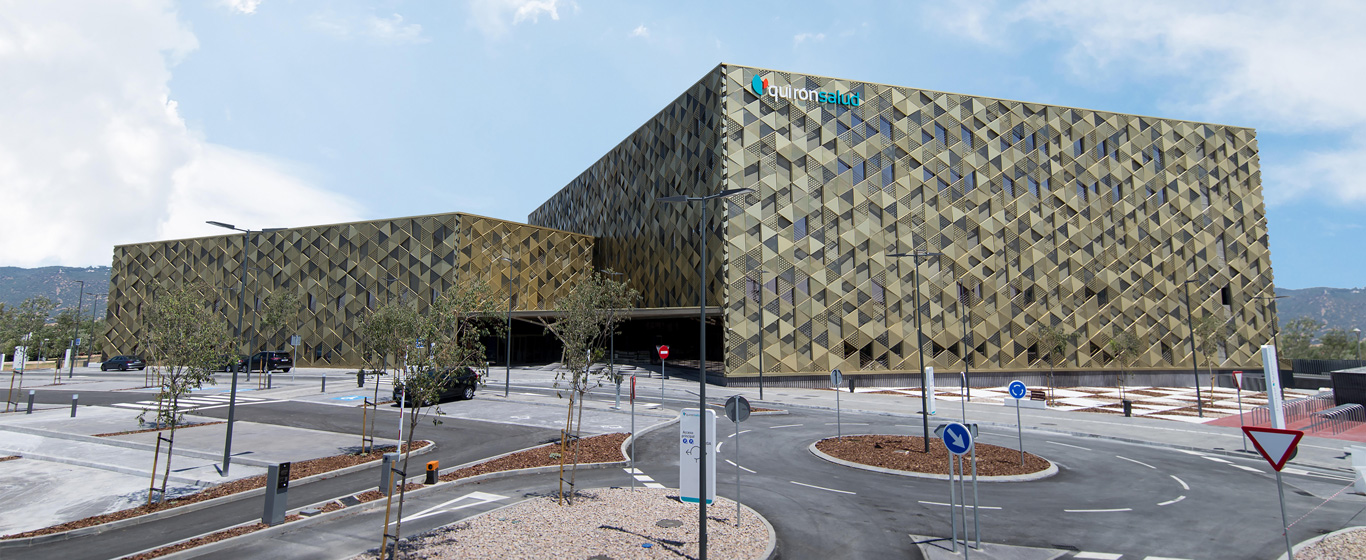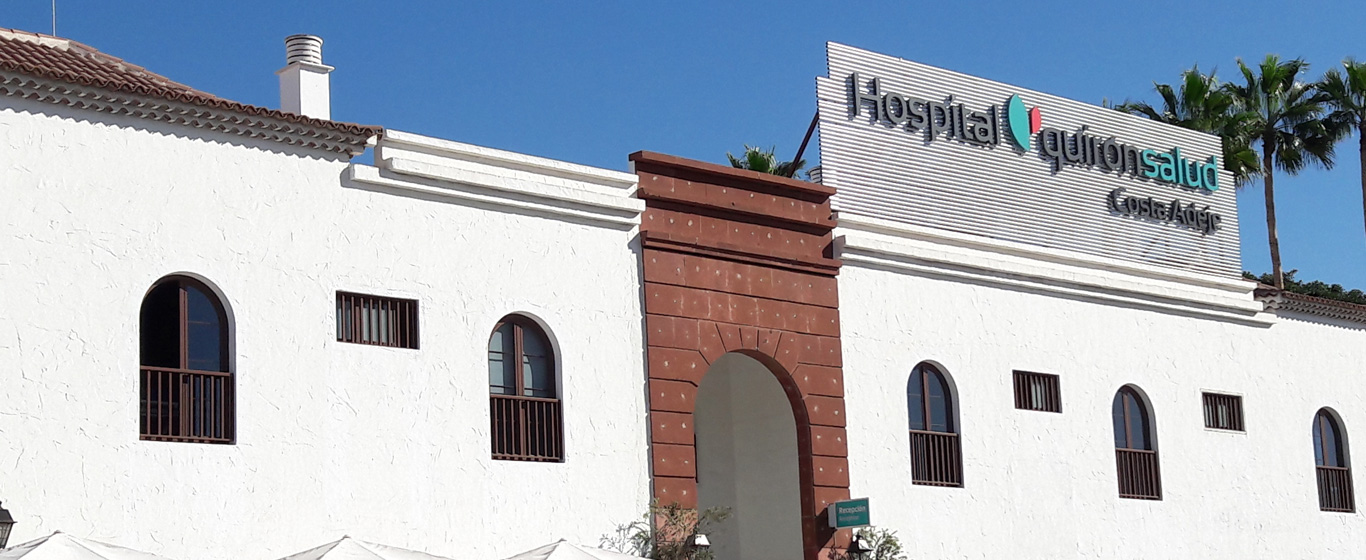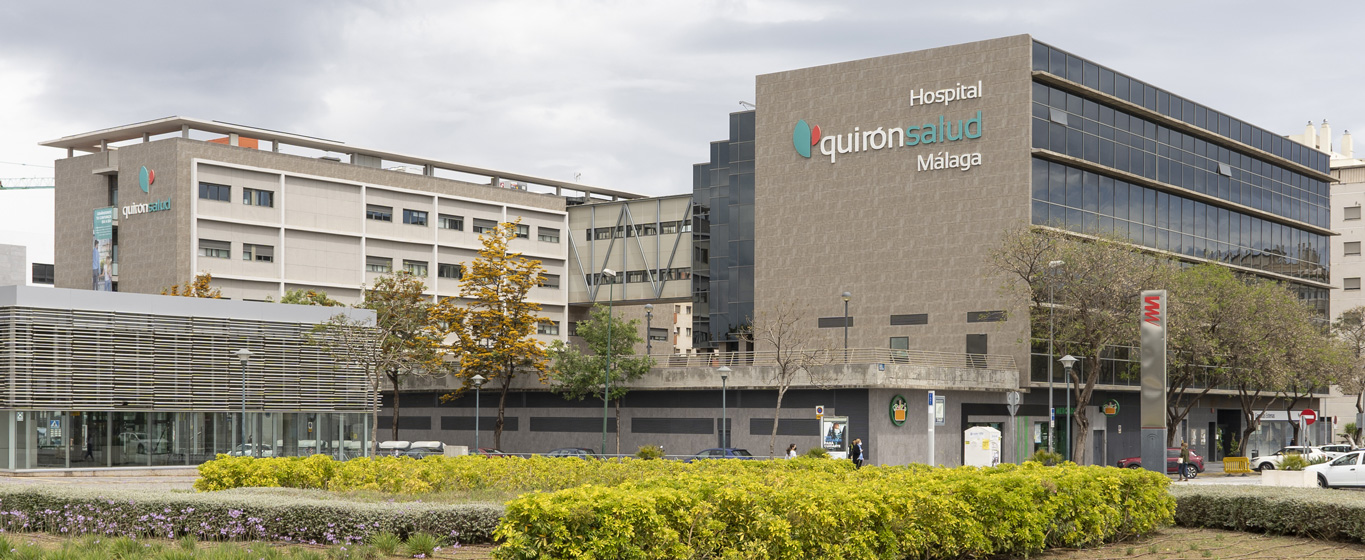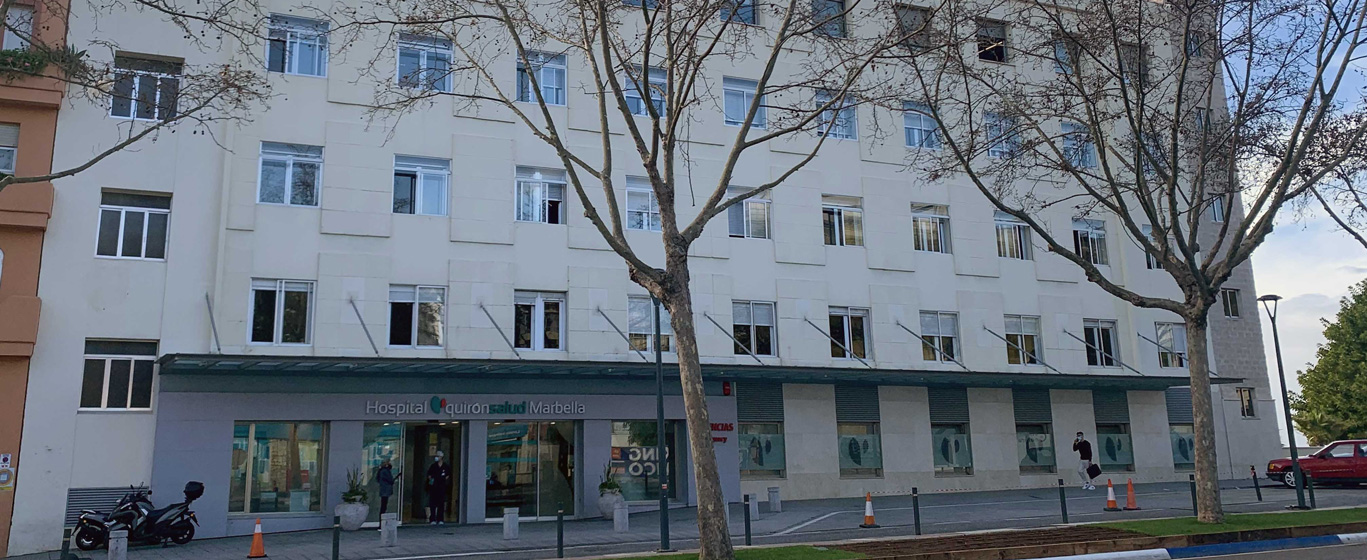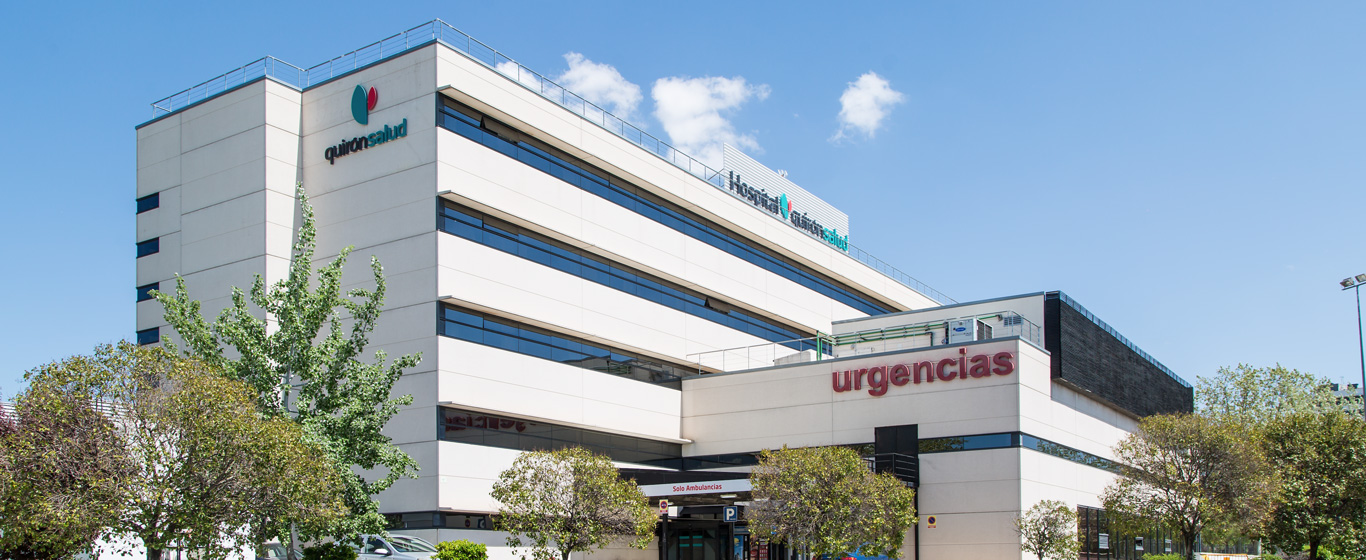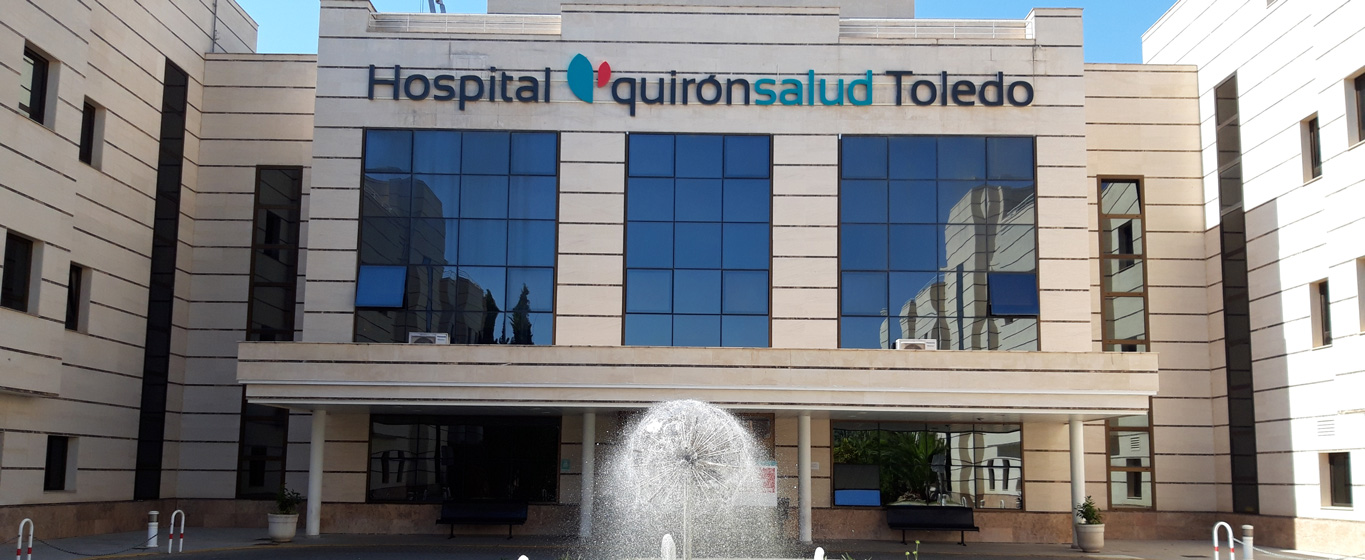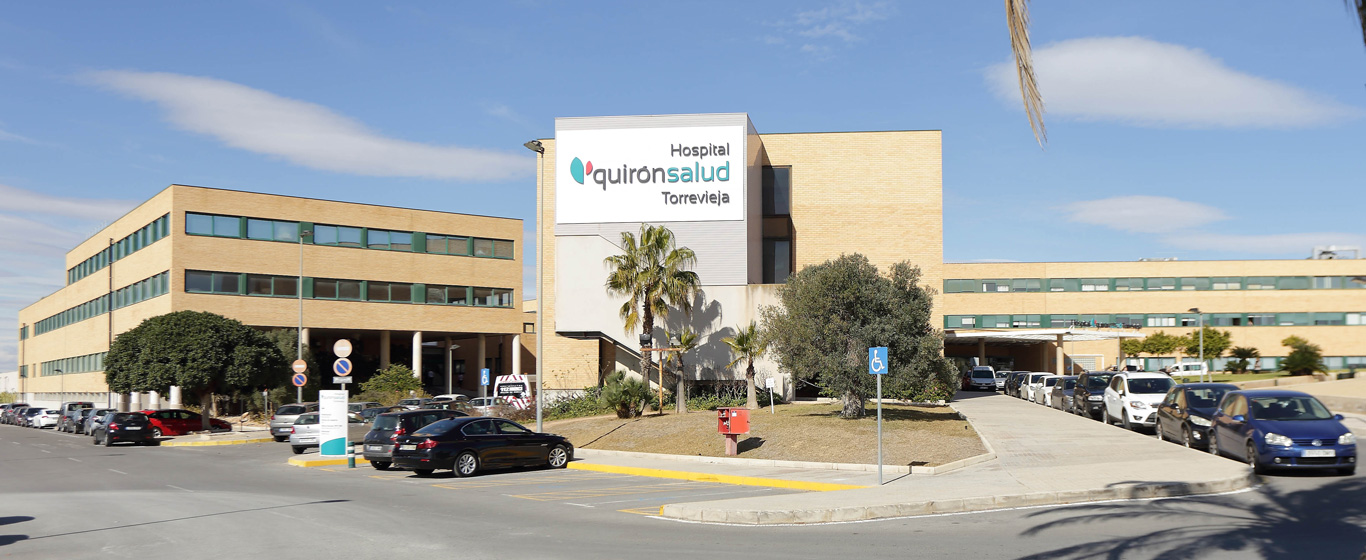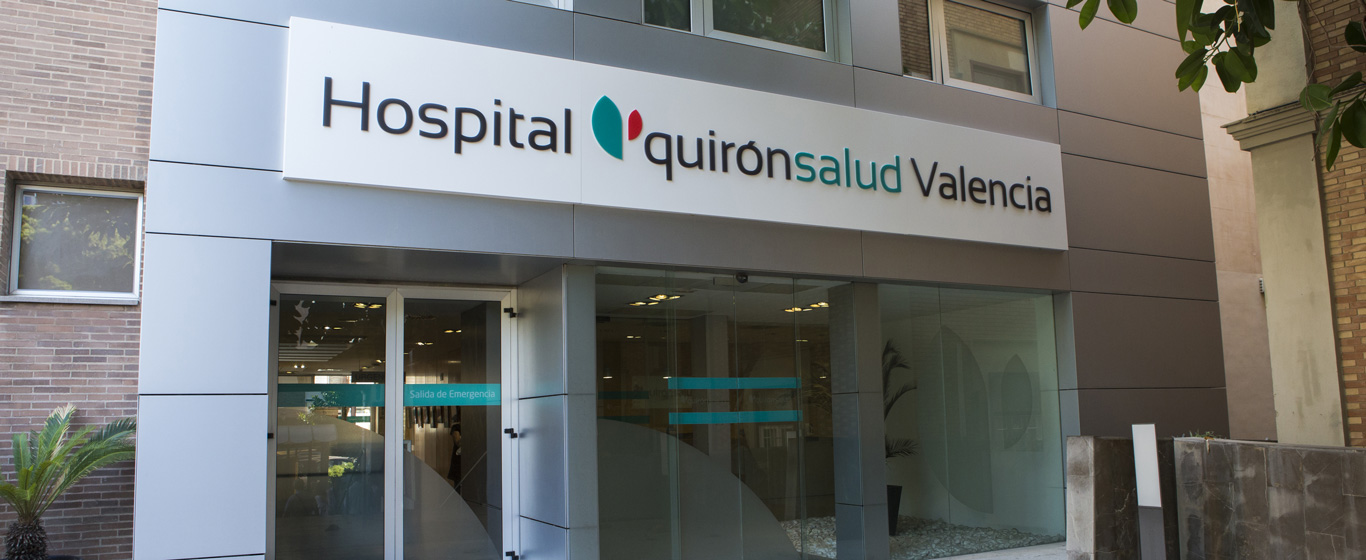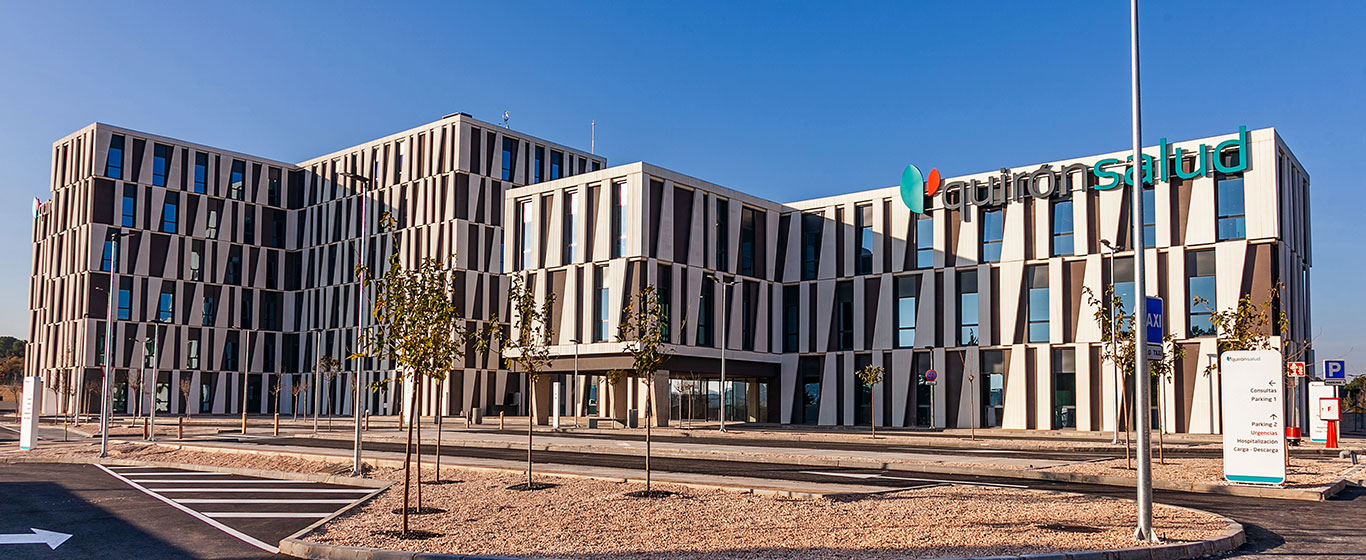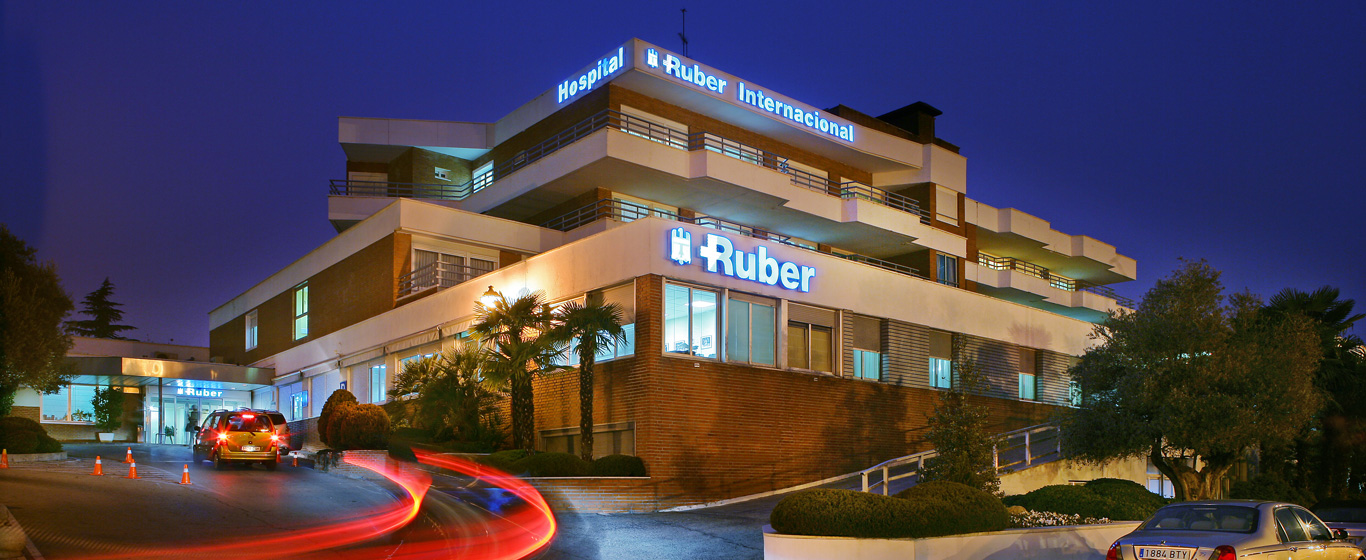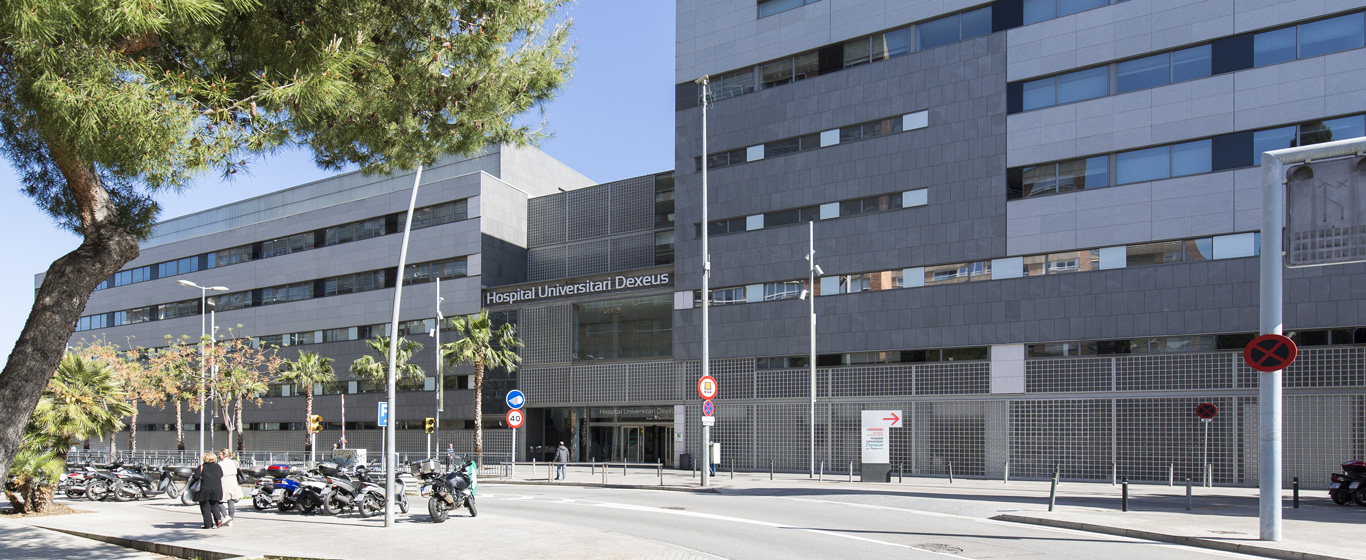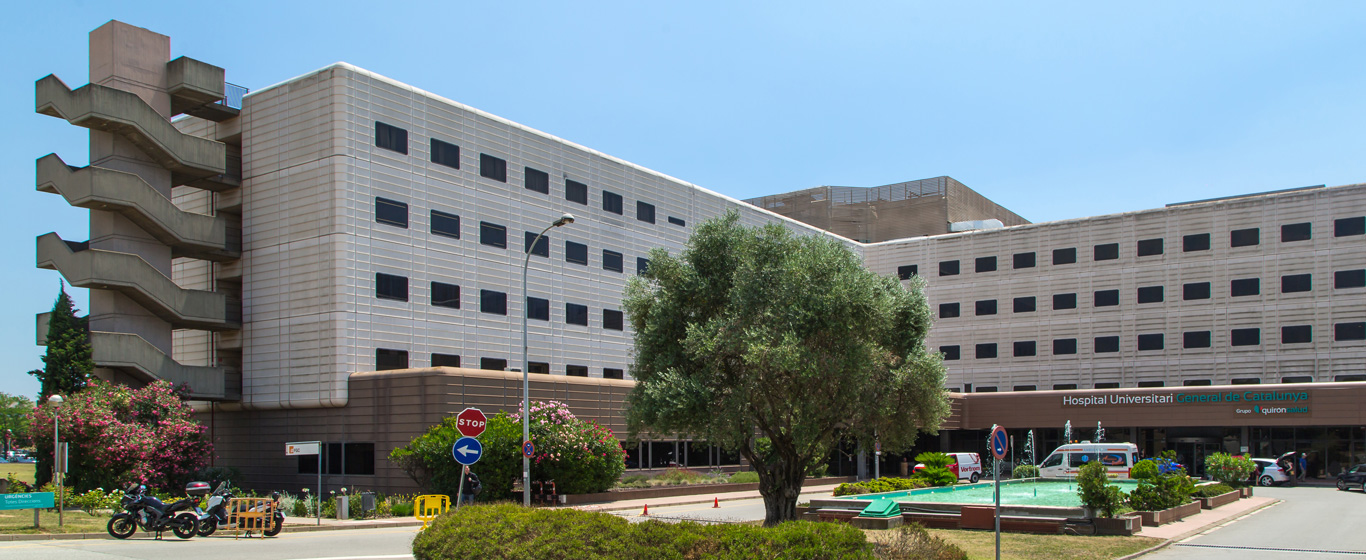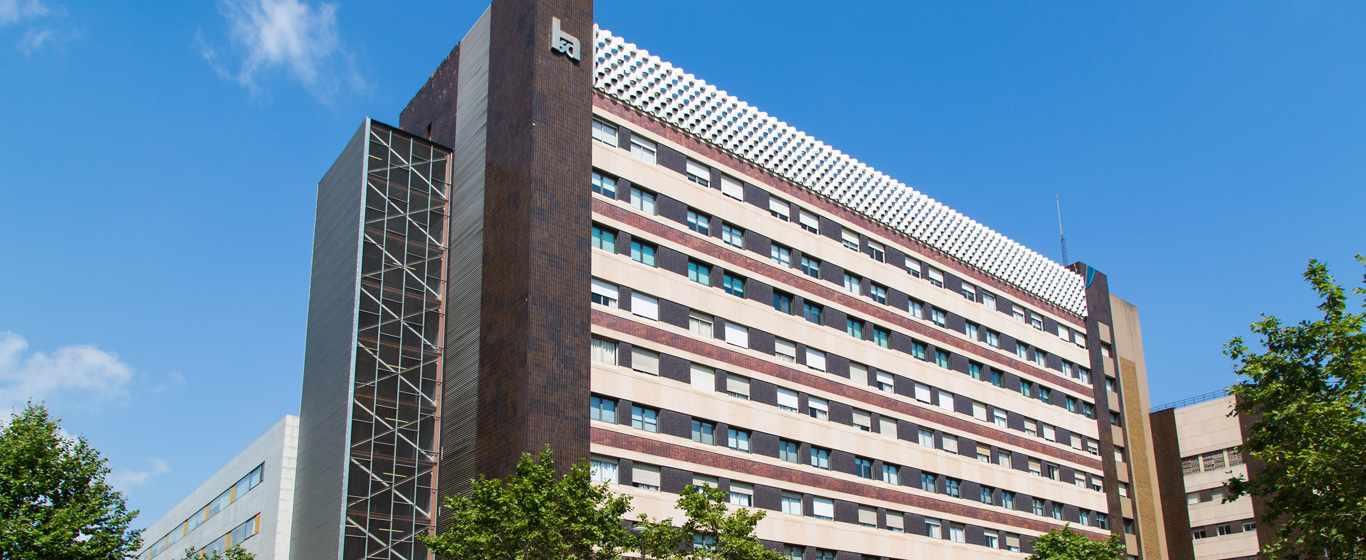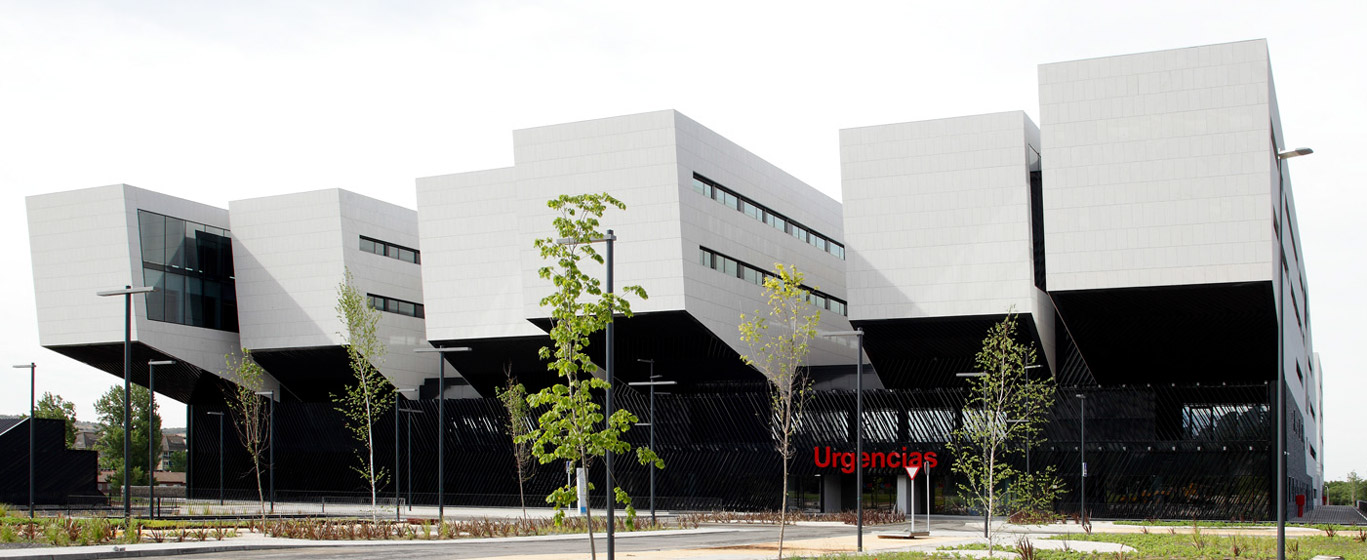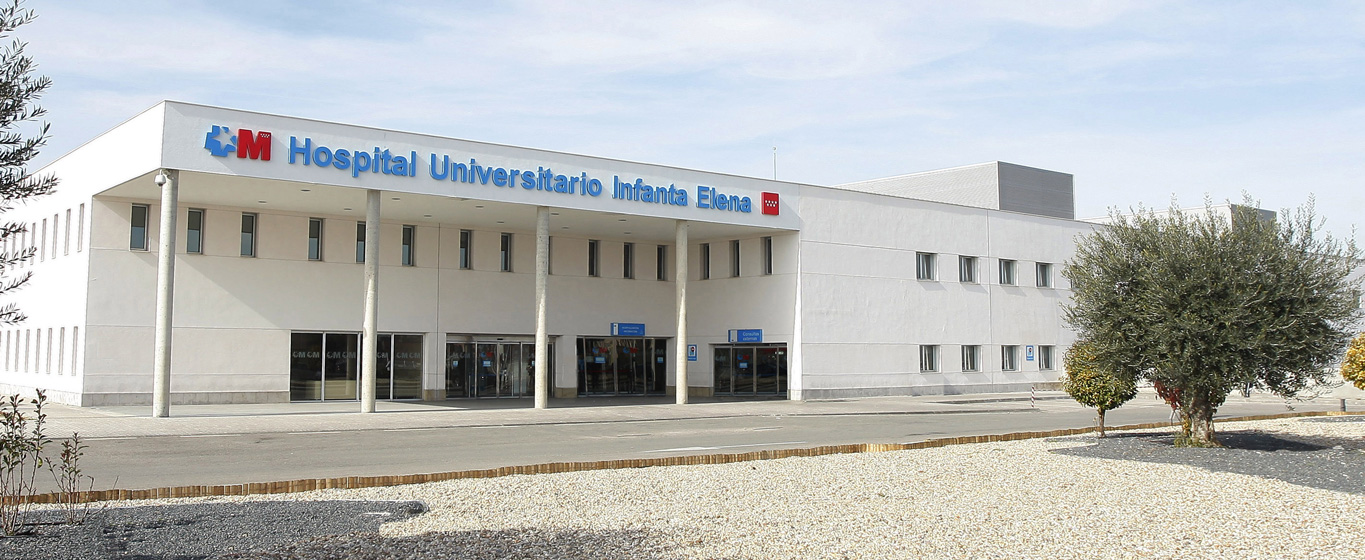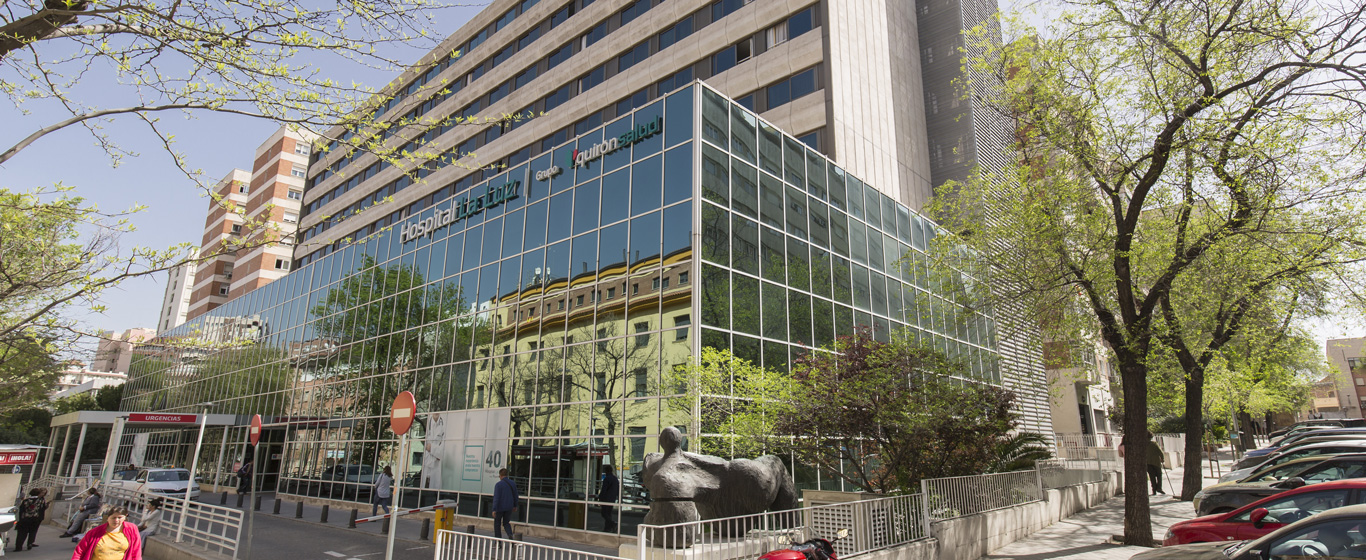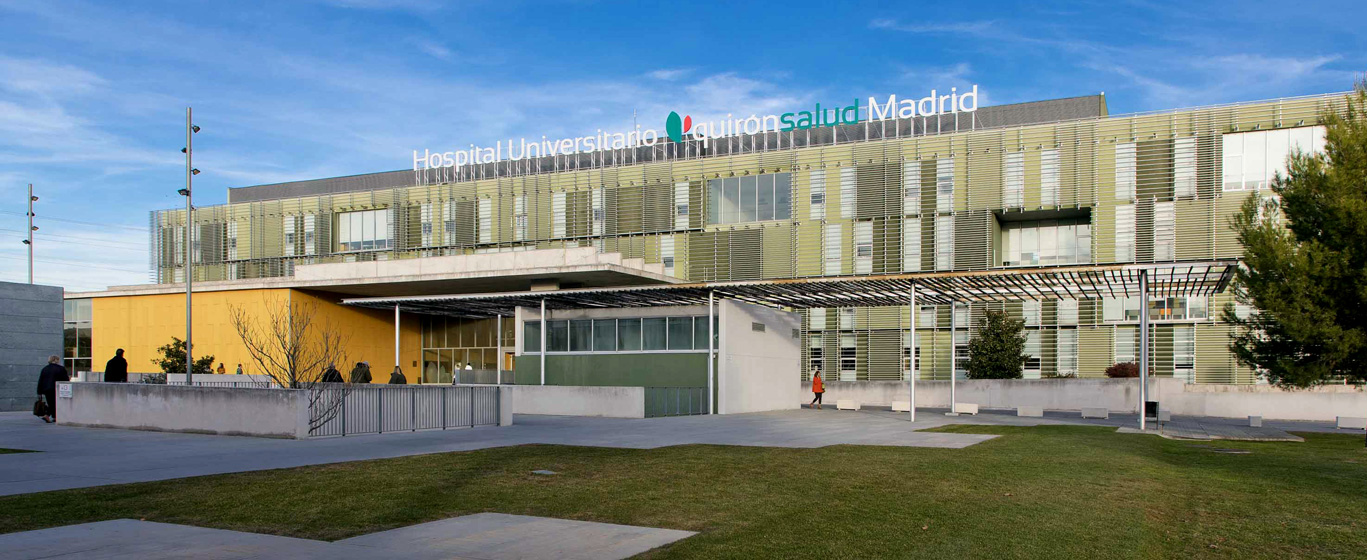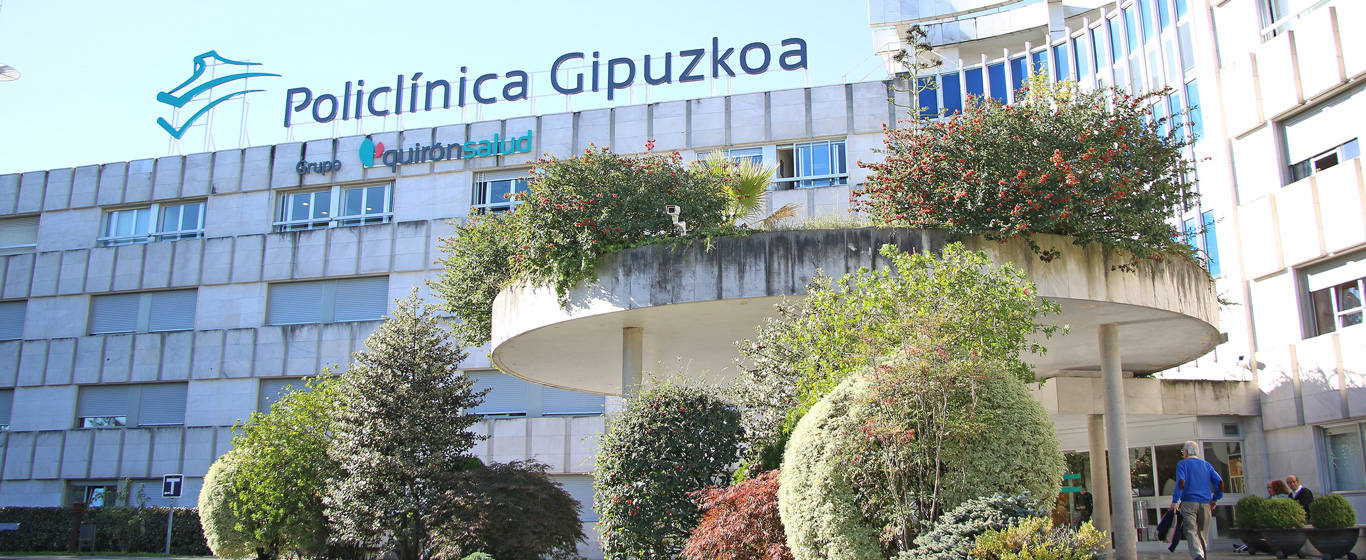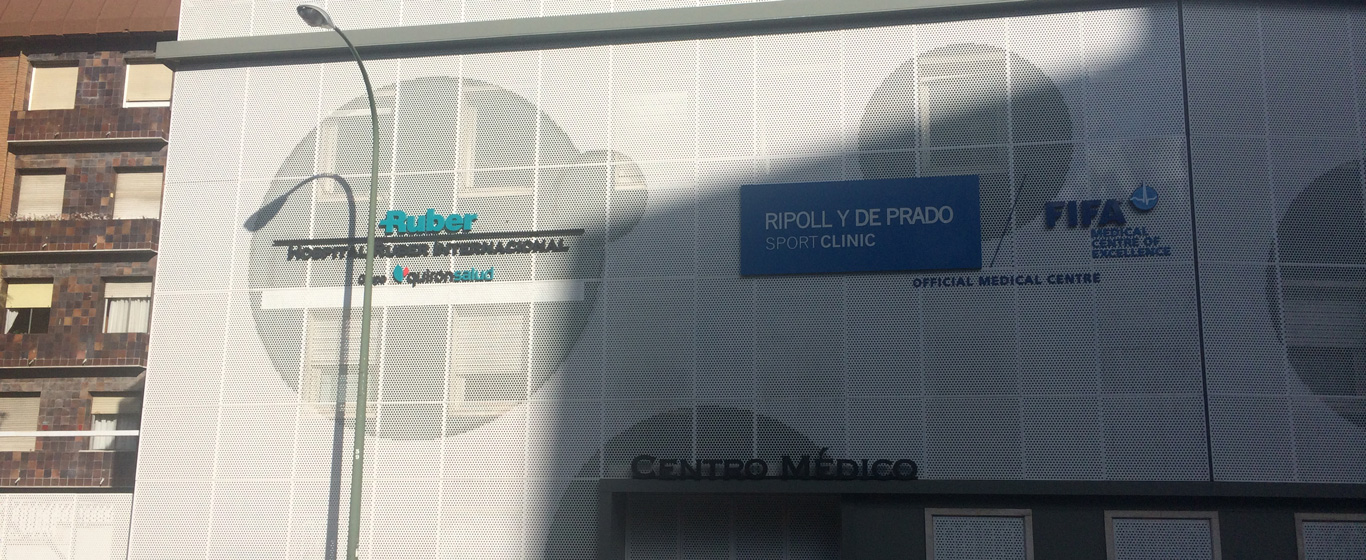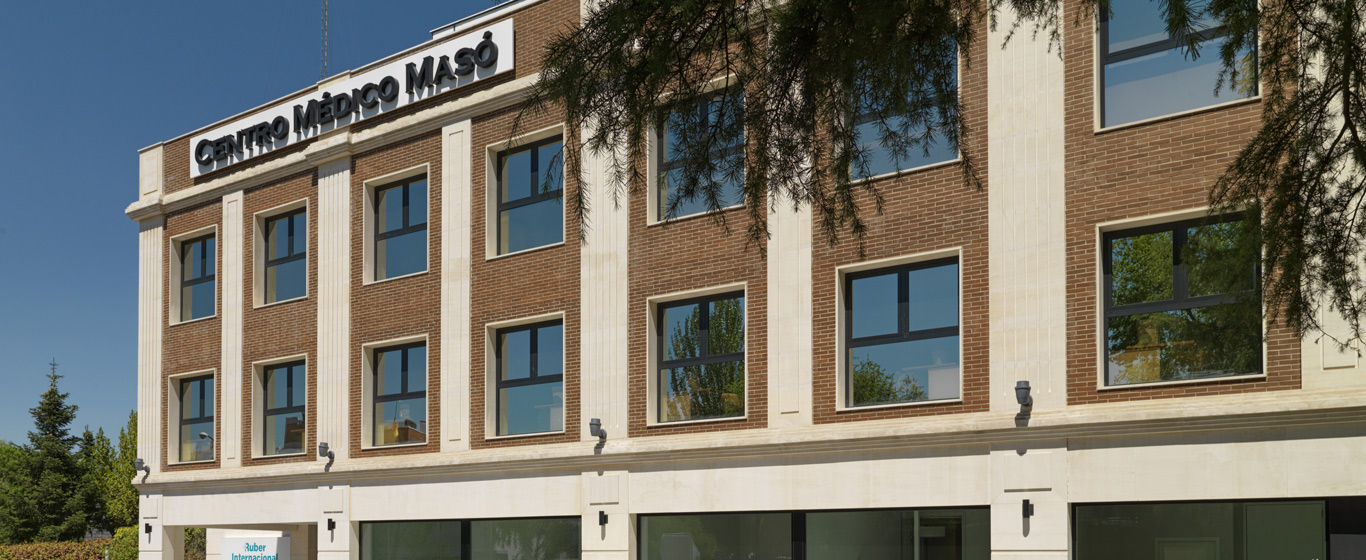Cytogenetics
Cytogenetic studies analyze DNA samples to identify possible numerical or structural chromosomal abnormalities and diagnose associated pathologies.

General Description
Cytogenetics is the branch of genetics that studies chromosomes and related genetic disorders. Chromosomes are structures located in the cell nucleus that contain proteins and tightly condensed DNA. Each chromosome in the cell nucleus consists of a DNA molecule and holds the necessary information to produce cellular proteins.
Chromosomes can only be seen under a microscope during mitosis, that is, during cell division, when the DNA becomes more compact and visible. They have a characteristic X shape and are divided into two sections or arms by the centromere. The location of the centromere gives each chromosome its distinctive shape and helps in locating specific genes. Humans have 23 pairs of chromosomes (22 numbered pairs, or autosomes, and one pair of sex chromosomes). Each chromosome in a pair is inherited from one of the two parents.
Cytogenetic studies analyze whole chromosomes or long DNA fragments to detect abnormalities in chromosome number or structure. These tests can be performed both prenatally and postnatally.
When Are They Indicated?
Cytogenetic studies are used to diagnose diseases, disorders, or genetic conditions caused by chromosomal abnormalities. These abnormalities are divided into two main groups:
Numerical Abnormalities
These involve the loss or gain of one or more whole chromosomes.
- Monosomy: A chromosome is missing from one of the pairs. This occurs in Turner syndrome (loss of one of the X chromosomes in the female sex chromosome pair).
- Trisomy: An extra chromosome is present in one of the pairs. The most common trisomy is Down syndrome (an extra chromosome in pair 21).
- Triploidy: An extra copy is added to each chromosome pair. Triploid syndrome is very rare and results in miscarriage or neonatal death.
Structural Abnormalities
These involve changes in the morphology of one or more chromosomes.
- Deletions: A segment of a chromosome is lost. This is the case in Cri-du-Chat syndrome (deletion on chromosome 5).
- Inversions: A chromosome segment breaks off and reattaches in the opposite orientation, meaning it rotates 180°. In general, inversions do not cause loss of genetic material and, therefore, do not result in health problems for the carrier. However, gametes produced may carry chromosomal alterations that can lead to infertility or various degrees of harm to the fertilized embryo.
- Translocations: A chromosome segment breaks off and attaches to another chromosome. If two non-homologous chromosomes exchange segments, it is called a reciprocal translocation; if chromosomes fuse at the centromere, it is a Robertsonian translocation. Translocations that cause genetic material loss or gain can result in various medical conditions, as seen in chronic myeloid leukemia (translocation between chromosomes 9 and 22). Translocations that do not affect genetic material may lead to fertility issues or fetal defects due to the formation of gametes with chromosomal alterations.
How Are They Performed?
A cytogenetic study requires a DNA sample, typically obtained from peripheral blood, bone marrow, amniotic fluid, or placental tissue. Once the sample is collected, a cell culture is performed to stimulate cell proliferation. This proliferation occurs through cell division (mitosis), when chromosomes become visible. To stop mitosis and analyze the chromosomes, the cells are treated with colchicine.
To visualize and analyze the cultured chromosomes, two complementary techniques are used:
- Conventional Cytogenetics: This technique employs chromosomal banding to determine a person’s karyotype (chromosomal pattern). Banding is a staining technique that involves applying specific dyes to the culture, staining chromosome regions based on their nitrogenous base composition. This produces a characteristic pattern of light and dark bands, allowing chromosome identification and analysis under a microscope. Once stained, samples are photographed, and chromosomes are arranged by size and paired with their homologs, forming the karyogram, the graphical representation of the karyotype.
- Molecular Cytogenetics: This method combines molecular biology and cytogenetics. Its primary technique is in situ hybridization (ISH), which is used to locate a nucleotide sequence in the sample by exposing it to a small complementary DNA sequence (called a probe). Both sequences must first be denatured, meaning the DNA double helix is separated into single strands. The probe is labeled with fluorescent or colored chemical substances, and once it hybridizes with the corresponding sequence in the sample (thanks to base complementarity), it can be visualized under a microscope, allowing the identification and location of the desired sequence.
Risks
The collection of blood or bone marrow samples for DNA analysis does not present complications for the patient. However, prenatal cytogenetic tests may carry some risks, though they are rare. Collecting amniotic fluid or placental chorionic villi may result in miscarriage (although the risk is lower than 1%). Additionally, bleeding or infection may occur.
What to Expect from a Cytogenetic Study
The sampling procedures for extracting DNA vary depending on the fluid or tissue being collected:
- Blood sample: Collected via needle puncture, usually from a vein in the forearm. Before the puncture, the area is disinfected, and an elastic band is applied to fill the vein and facilitate needle insertion.
- Bone marrow sample: Collected via puncture and aspiration from the bone, typically the pelvic bone. In this case, in addition to disinfecting the puncture site, a local anesthetic is applied, though moderate pain may be felt when the needle is inserted and the sample is aspirated.
- Amniotic fluid extraction (Amniocentesis): Performed by inserting a needle through the abdomen into the uterus, guided by ultrasound imaging. It is normal to feel burning or cramping during the procedure and experience mild pain, slight vaginal bleeding, or a small leakage of amniotic fluid afterward.
- Chorionic villus sampling: Can be collected through the abdomen (similar to amniocentesis), but the most common method is transcervical, using a suction catheter inserted through the vagina and guided through the cervix to the placenta, where a small sample is aspirated. Ultrasound imaging is also used for guidance. A mild pinching sensation may be felt during the procedure, and light vaginal bleeding may occur afterward.
In all cases, these are short outpatient procedures, after which the patient can resume their usual routine.
Specialties That Request Cytogenetic Studies
Cytogenetic studies are performed by medical genetics specialists and may be requested from various specialties, including gynecology and obstetrics or oncology.
How to prepare
If undergoing a prenatal cytogenetic test, the patient may be advised not to urinate before the test to keep the bladder full, which can help position the uterus for the procedure. If the sample is taken from blood or bone marrow, no special preparation is needed. In all cases, the patient must sign an informed consent form.





